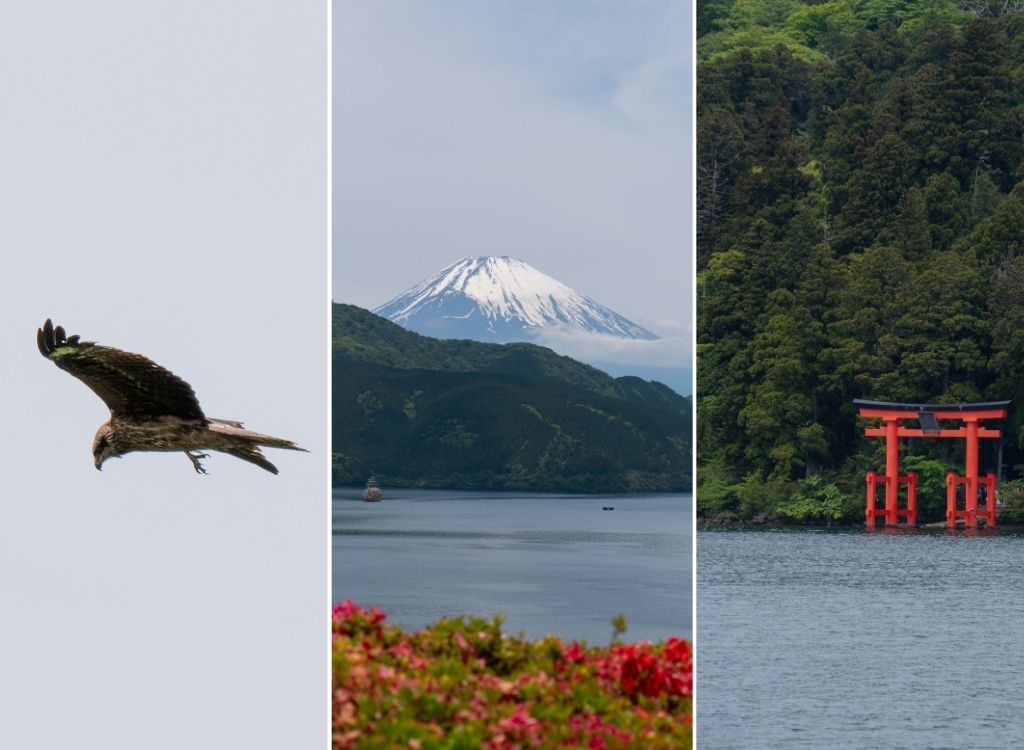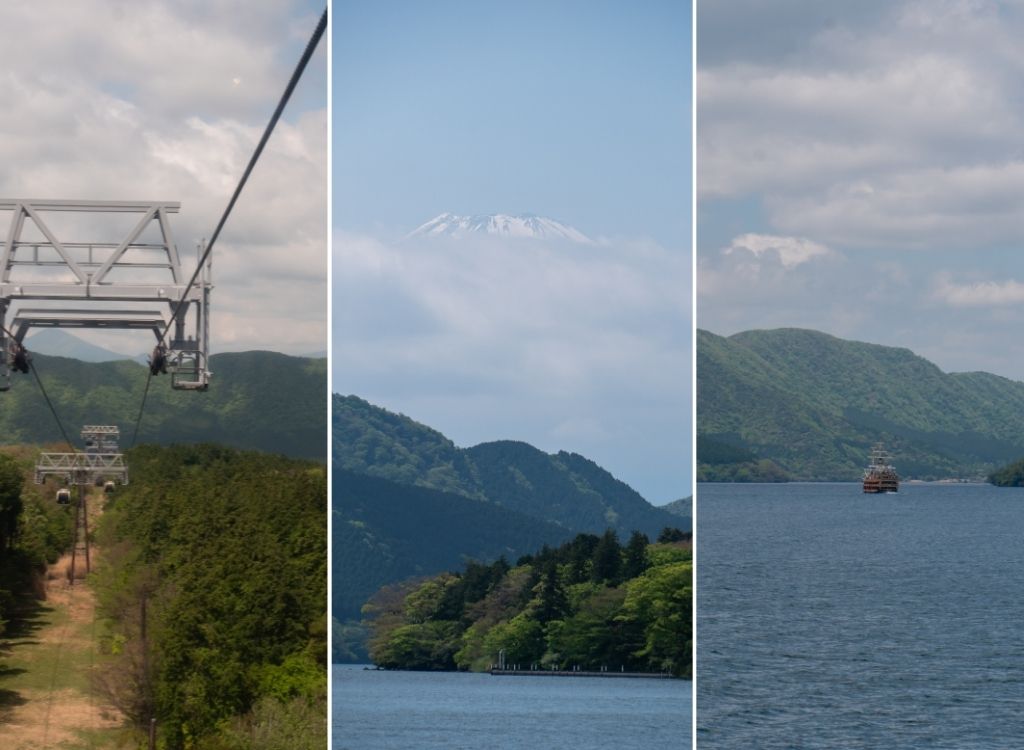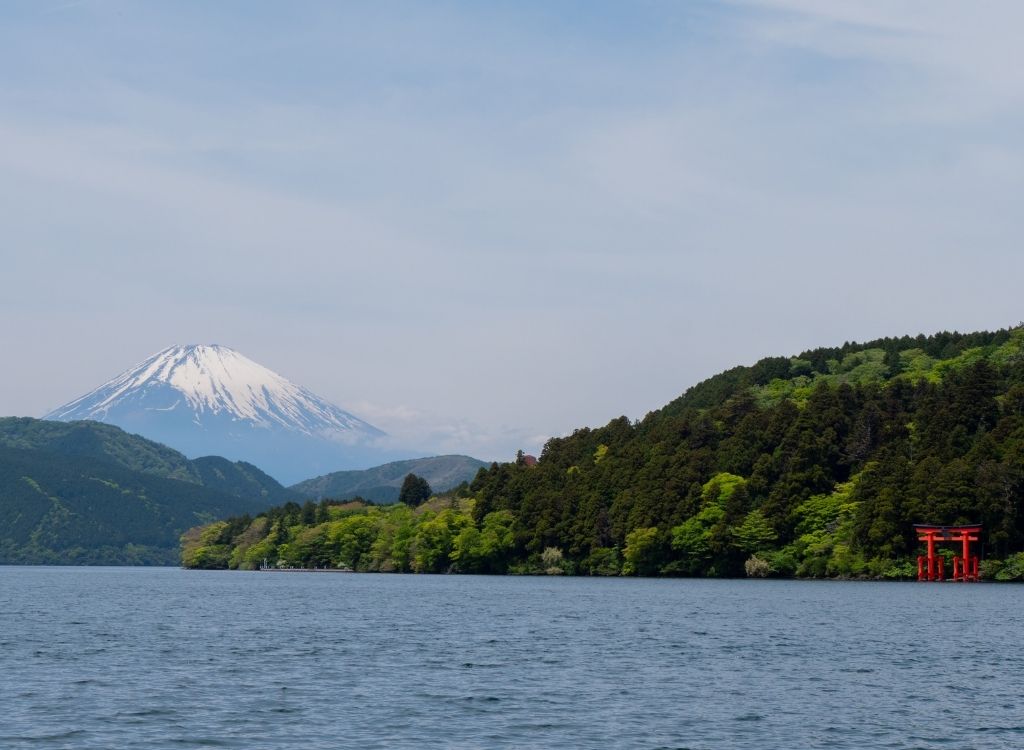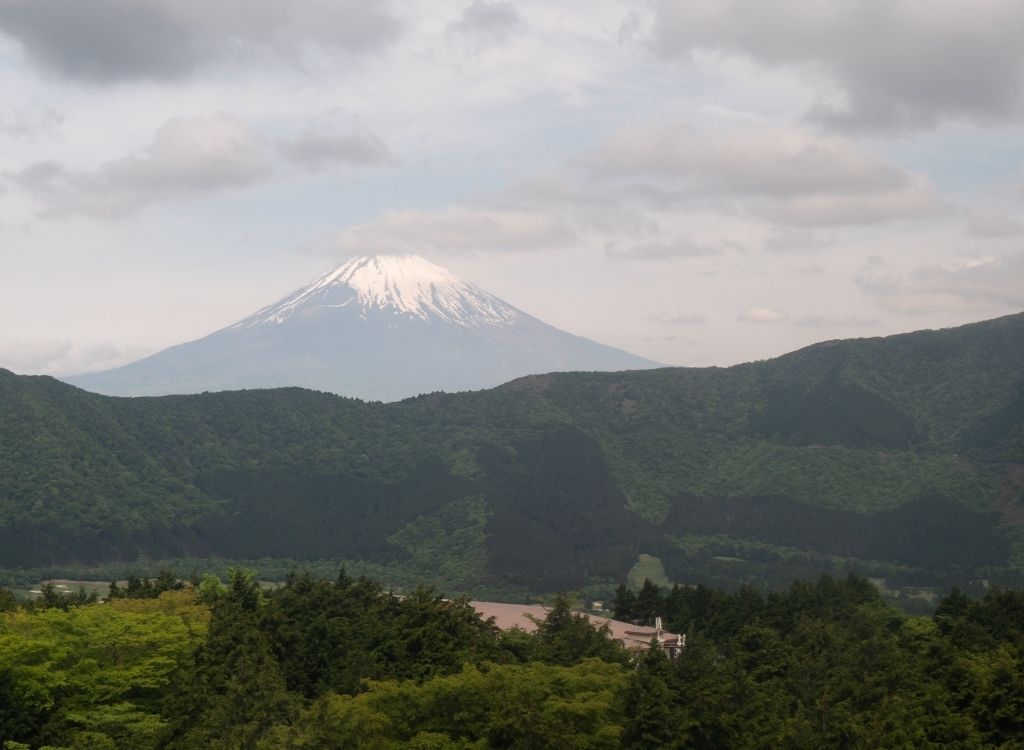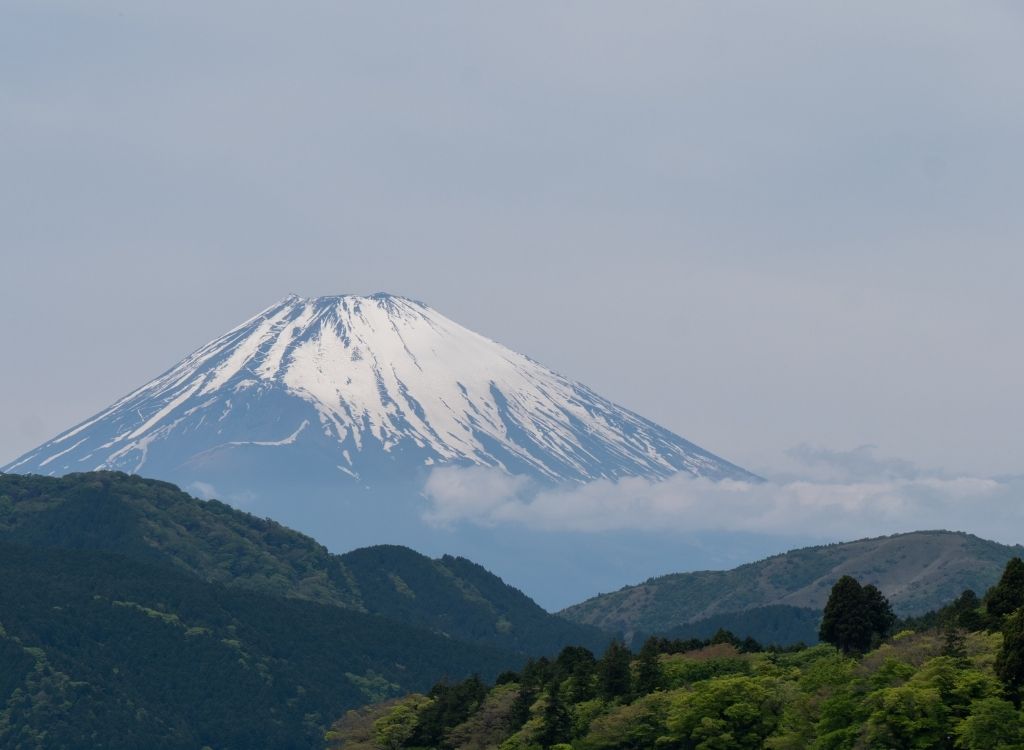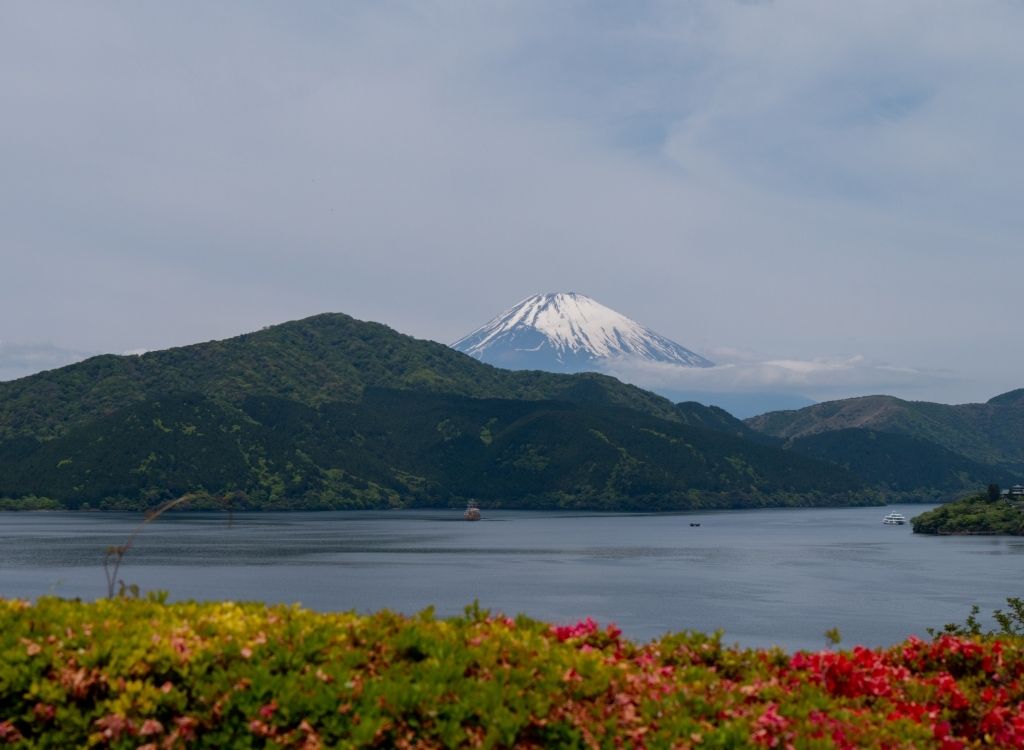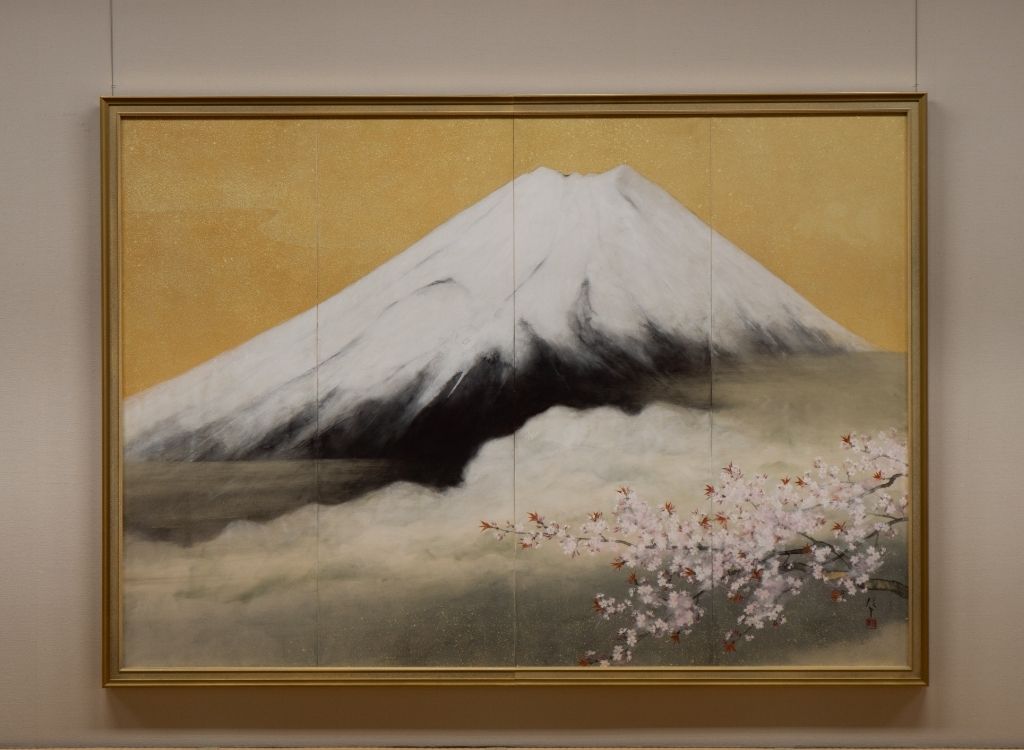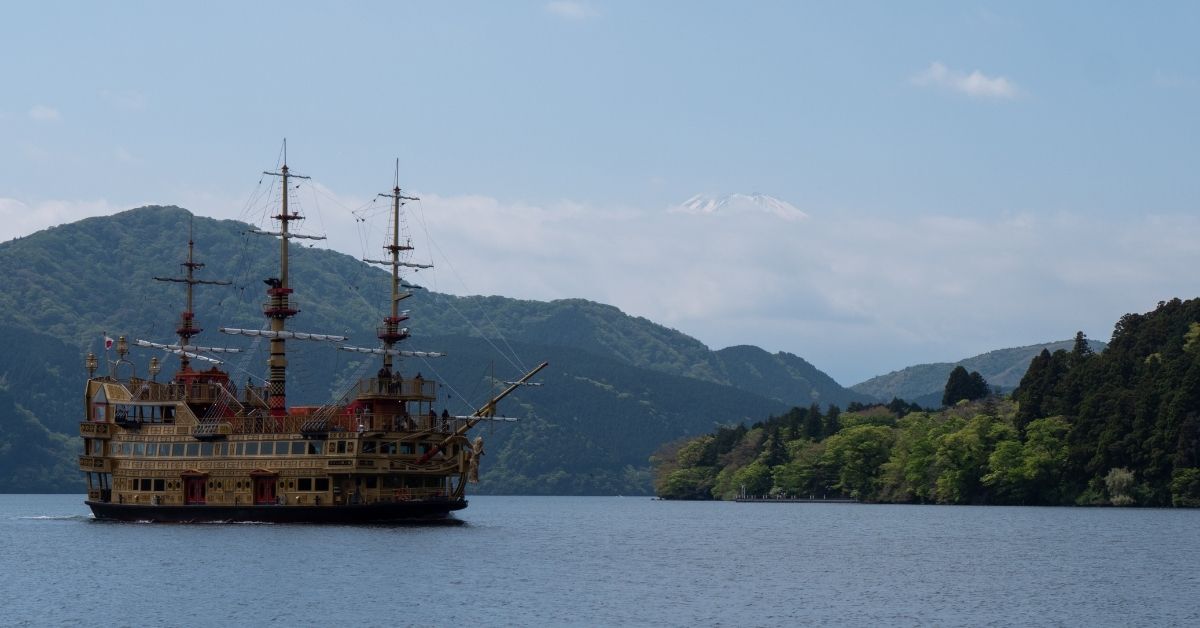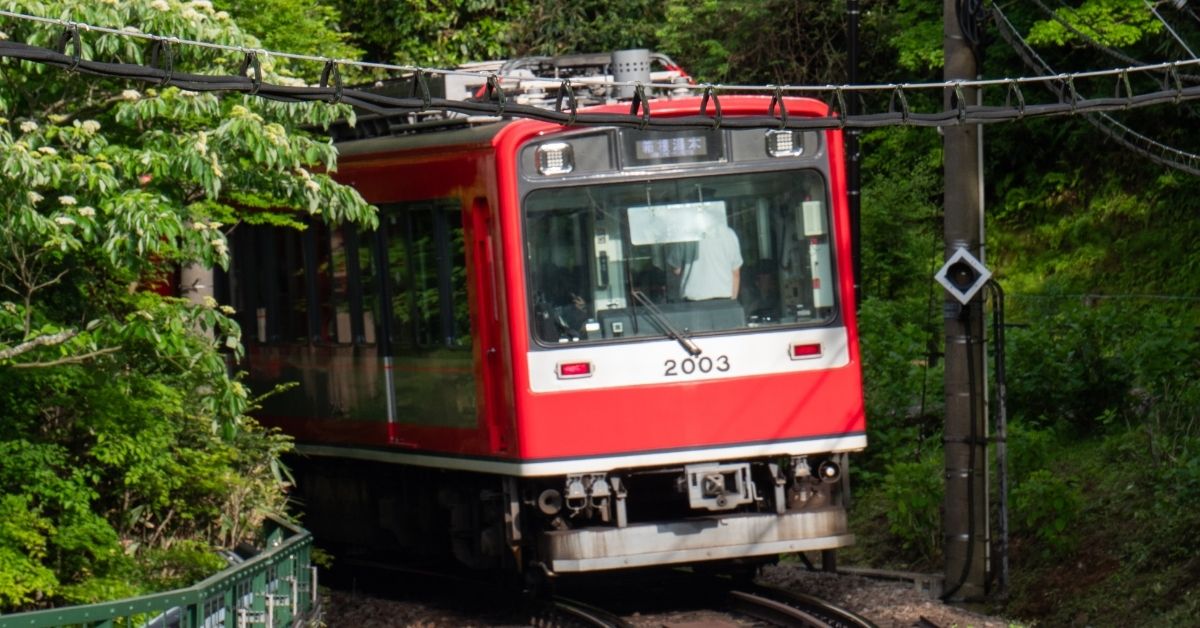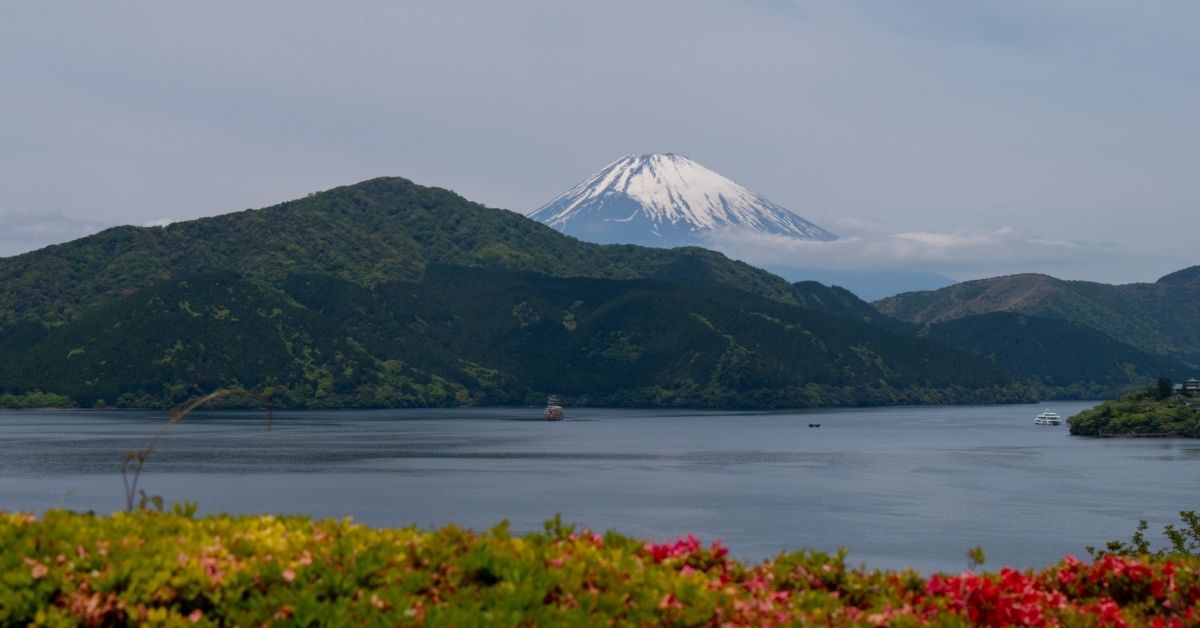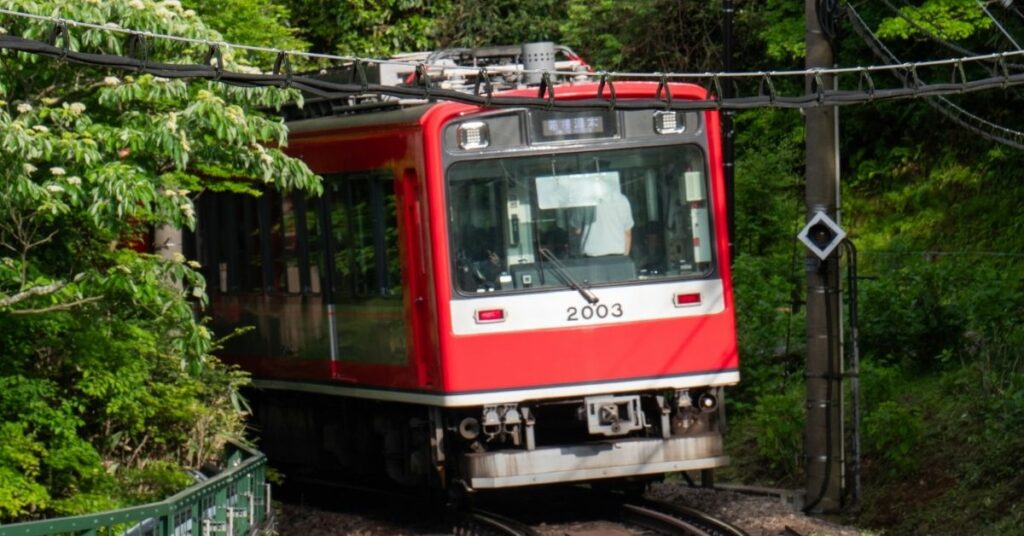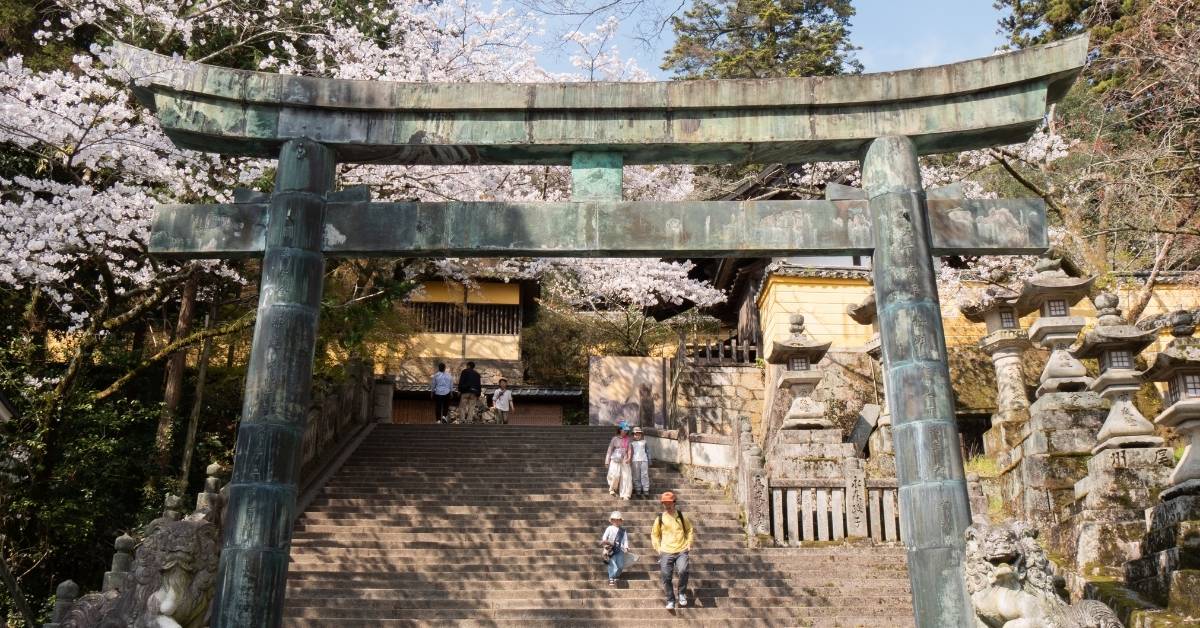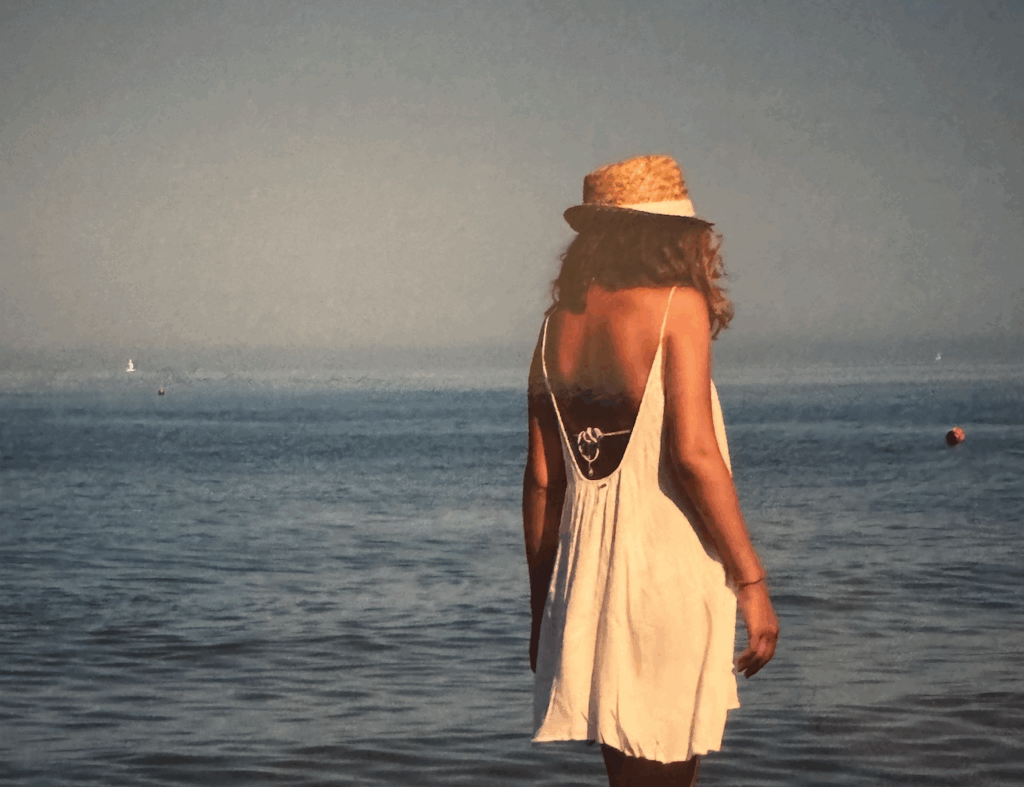
Mount Fuji Hakone: 5 Must-See Photo Spots
I’ve lost count of how many mornings I’ve pulled on my shoes, still half-asleep, just to catch the first light of day. In Hakone, that routine makes perfect sense — Mount Fuji doesn’t reveal itself easily, and it’s often only at dawn that it makes an appearance.
As a photography enthusiast, I’m always chasing that perfect spot: peaceful, bathed in natural light, with an open view — and ideally, no crowds in sight. Sometimes that means hiking up a trail before sunrise. Other times, it’s just a matter of waiting quietly, hoping the mist lifts and Fuji emerges like a quiet reward.
I spent five days exploring the region and had time to truly take it all in.
Here are my five favorite places to see and photograph Mount Fuji from Hakone. Some are well-known, others a bit more off the beaten path — but all offer those rare, fleeting moments where sky, lake, and mountain align.
And if you’ve got a camera in hand, you’ll be glad you came.
